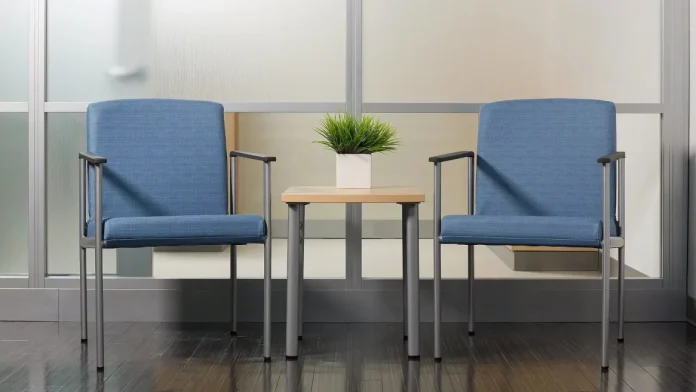When people step into a waiting area—whether it’s a medical clinic, corporate office, airport, or public service facility—the first thing they notice is often the seating. Waiting chairs not only impact comfort but also convey a sense of professionalism and care. Behind every high-quality, durable waiting chair is a precise manufacturing process that combines thoughtful design, tested materials, and strict quality control. This article takes you step by step through how durable waiting chairs are produced and what makes them stand out in demanding environments.
From Concept to Blueprint
Every chair begins with a clear design concept. Industrial designers work with engineers to create models that balance comfort, ergonomics, style, and durability. This initial stage involves:
- Sketching concepts and 3D renderings
- Defining dimensions and weight capacity
- Choosing the right materials for frames, upholstery, and cushioning
- Ensuring compliance with safety and accessibility standards
The design is then translated into technical blueprints and prototypes, which are evaluated for performance and appearance before moving to mass production.
Material Selection and Sourcing
A reputable waiting chair manufacturer devotes significant effort to sourcing high-quality materials. Every component must meet strict specifications to ensure durability. Common materials include:
- Metals: Powder-coated steel and aluminum are preferred for their strength and corrosion resistance.
- Wood: Solid hardwoods like beech or oak provide a premium look while offering structural integrity.
- Plastics: High-impact polypropylene is often used for shells and backs in modern designs.
- Foam: High-density polyurethane foam maintains its shape and support over time.
- Upholstery: Commercial-grade vinyl, leather, and woven fabrics are selected for their resilience to wear and ease of cleaning.
Before production starts, these materials are tested to confirm compliance with quality standards such as ISO, ANSI/BIFMA, or other certifications relevant to the chairs’ intended use.
Frame Fabrication
The frame is the backbone of any waiting chair. Metal frames are cut, bent, and welded to form precise shapes according to the design blueprint. Automated machinery ensures consistent dimensions and alignment, while skilled technicians inspect each welded joint. For wooden frames, seasoned timber is cut and joined, then sanded smooth to remove any imperfections.
Next, frames are treated to enhance longevity:
- Powder coating or painting: Provides a protective layer that resists scratching, chipping, and moisture.
- Sealing: Wooden components receive protective finishes to guard against humidity and staining.
Cushion and Upholstery Production
Cushions are created by cutting foam to the correct shape and density. The foam is often layered to balance softness and support, then secured to a plywood or molded base.
Upholstery involves carefully stitching and fitting fabric or vinyl covers over the foam. This process requires precision to avoid wrinkles, uneven seams, or loose edges. In many factories, automated cutting machines help create consistent upholstery panels, while skilled workers handle the sewing and fitting.
Some manufacturers also offer custom embroidery or logo printing at this stage to personalize chairs for branding.
Assembly and Integration
Once the frames and upholstered components are ready, they move to the assembly line. Workers attach seats, backs, and armrests to the frame, ensuring every connection is tight and properly aligned. Fasteners are torqued to exact specifications so the chairs can withstand heavy use without loosening over time.
Adjustable or modular components are tested to confirm smooth operation. For linked seating configurations, sections are joined together to form continuous rows.
Quality Inspection and Testing
Durability is only achieved through rigorous testing and inspection. Each chair undergoes multiple checks, including:
- Structural testing: Verifying weight capacity and resistance to tipping or bending.
- Finish inspection: Ensuring powder coating or paint is smooth and free of defects.
- Upholstery checks: Looking for uniform stitching, tight fit, and clean surfaces.
- Functional testing: Confirming all adjustable parts and joints operate correctly.
Some manufacturers perform cycle testing to simulate years of use, applying repeated stress to frames and seats to verify long-term performance.
Packaging and Shipping
Finally, each chair is carefully packaged to prevent damage during transit. Protective wraps, corner guards, and sturdy cartons are used to ensure products arrive in perfect condition. Clear labels and assembly instructions are included to simplify installation for customers.
Conclusion
Durable waiting chairs are the result of a meticulous manufacturing process that brings together quality materials, expert craftsmanship, and strict testing protocols. From the initial design sketches to the final inspection, every step is engineered to create seating that looks professional, feels comfortable, and stands up to the demands of busy public spaces. When you choose a manufacturer that follows these rigorous processes, you invest in products that will serve your business reliably for years to come.

